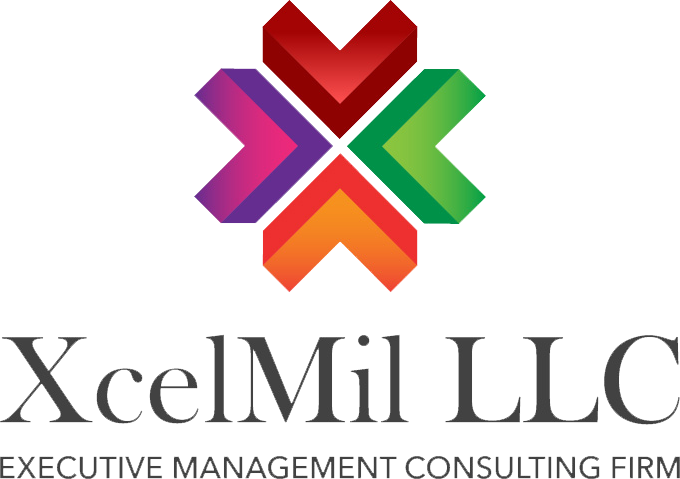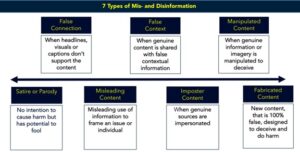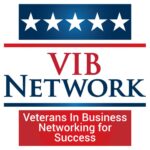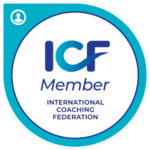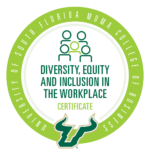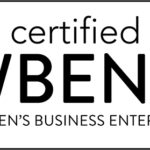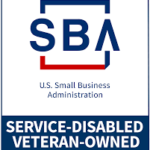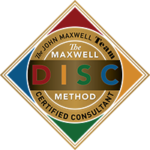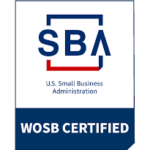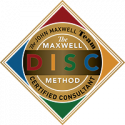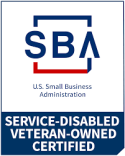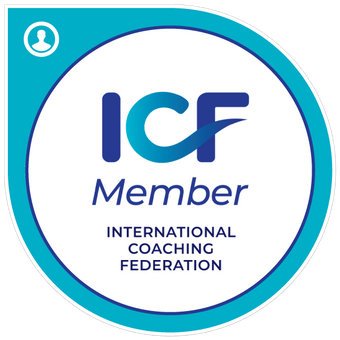Strategic leadership is essential for organizations seeking to align executive vision with operational excellence. Leaders must not only define a strong vision but also ensure day-to-day operations support long-term objectives. Research shows strategic planning has a measurable impact, with structured leadership training programs improving organizational outcomes by 25% (Research.com). Companies that integrate strategic leadership into their operations foster resilience, innovation, and sustainable success.
Strategic leadership bridges the gap between vision and execution. Leaders must anticipate trends, evaluate scenarios, and cultivate innovation within their teams. This approach has been shown to directly impact organizational performance, with employee perceptions of strategic leadership influencing performance by 43% (ODAD.org). A clear strategy aligned with operational execution empowers teams to work toward a unified goal, increasing productivity and engagement.

The role of the Chief Operating Officer (COO) has expanded beyond operational management to include strategic vision. COOs now play a critical role in long-term planning, integrating operational capabilities with corporate strategy. They act as connectors, translating executive objectives into actionable plans. Their ability to manage both day-to-day operations and future-focused initiatives makes them essential to organizational growth. Companies that leverage COOs effectively can achieve significant improvements in decision-making, leading to more agile responses to market shifts.
Developing leaders who can balance strategy and execution is key to sustaining growth. Leadership programs that cultivate the skills necessary to align vision with execution, ensure leaders are prepared to navigate complex challenges. Studies show structured leadership training contributes significantly to an organization’s adaptability, boosting productivity and overall effectiveness (Research.com).

Take your leadership skills to the next level with XcelMil! Our specialized training programs are designed to equip executives and emerging leaders with the tools needed to bridge strategy and execution.
Strategic Foresight: A Key Competency for Effective Leadership
Leaders with strategic foresight can anticipate change and position their organizations for success. In the U.S., 44.3% of companies use operational excellence methodologies to enhance customer satisfaction, demonstrating the importance of aligning operational strategies with market demands (BTOES.com). Strategic foresight involves analytical thinking, creative problem-solving, and cross-functional collaboration. When leaders embrace foresight, they strengthen their organization’s ability to adapt, mitigate risks, and seize new opportunities.
For organizations to thrive, strategic vision must seamlessly translate into operational execution. Companies that achieve this integration see higher levels of employee engagement and a 12% increase in productivity (Wikipedia – Social Employee). To ensure alignment, leaders should:
- Communicate strategic objectives clearly across all levels.
- Empower employees to take ownership of their contributions.
- Establish feedback loops to refine strategies in real-time.
- Invest in leadership training that emphasizes both vision and execution.

Fostering an environment where strategic planning and operational efficiency coexist allows organizations to enhance their resilience and competitiveness.
Organizations that prioritize a forward-thinking culture remain adaptable in an evolving business landscape. Encouraging employees to innovate, take calculated risks, and align their initiatives with corporate objectives drives sustained success. Research underscores the importance of mentorship in leadership development, with 97.5% of Fortune 500 companies implementing mentorship programs (The Times UK). These initiatives play a crucial role in equipping emerging leaders with the skills to navigate change effectively.

Empower your team with XcelMil’s leadership development programs! Whether you’re an executive or an aspiring leader, our training solutions help you cultivate a forward-thinking mindset that drives success. Explore our leadership resources and start your journey today.
Strategic leadership is essential for bridging executive vision with operational excellence. Key elements such as aligning strategy with execution, investing in leadership training, and fostering strategic foresight contribute to long-term success. The future of leadership demands a holistic approach, integrating foresight, efficiency, and innovation to navigate complexity. Organizations that prioritize this approach will remain agile, competitive, and positioned for sustainable growth in a continuously changing market.
Citations
- Research.com – Leadership Training Statistics: [https://research.com/careers/leadership-training-statistics](https://research.com/careers/leadership-training-statistics)
- ODAD.org – The Impact of Strategic Leadership on Employee Performance: [https://odad.org/article/the-impact-of-strategic-leadership-on-employee-performance](https://odad.org/article/the-impact-of-strategic-leadership-on-employee-performance)
- BTOES.com – The Global State of Operational Excellence: [https://insights.btoes.com/research-report-2018/19-the-global-state-of-operational-excellence-critical-challenges-future-trends](https://insights.btoes.com/research-report-2018/19-the-global-state-of-operational-excellence-critical-challenges-future-trends)
- Wikipedia – Social Employee: [https://en.wikipedia.org/wiki/Social_employee](https://en.wikipedia.org/wiki/Social_employee)
- The Times UK – Businesses Offering Mentorship: [https://www.thetimes.co.uk/article/businesses-offering-mentorship-will-support-new-wave-of-leaders](https://www.thetimes.co.uk/article/businesses-offering-mentorship-will-support-new-wave-of-leaders)
